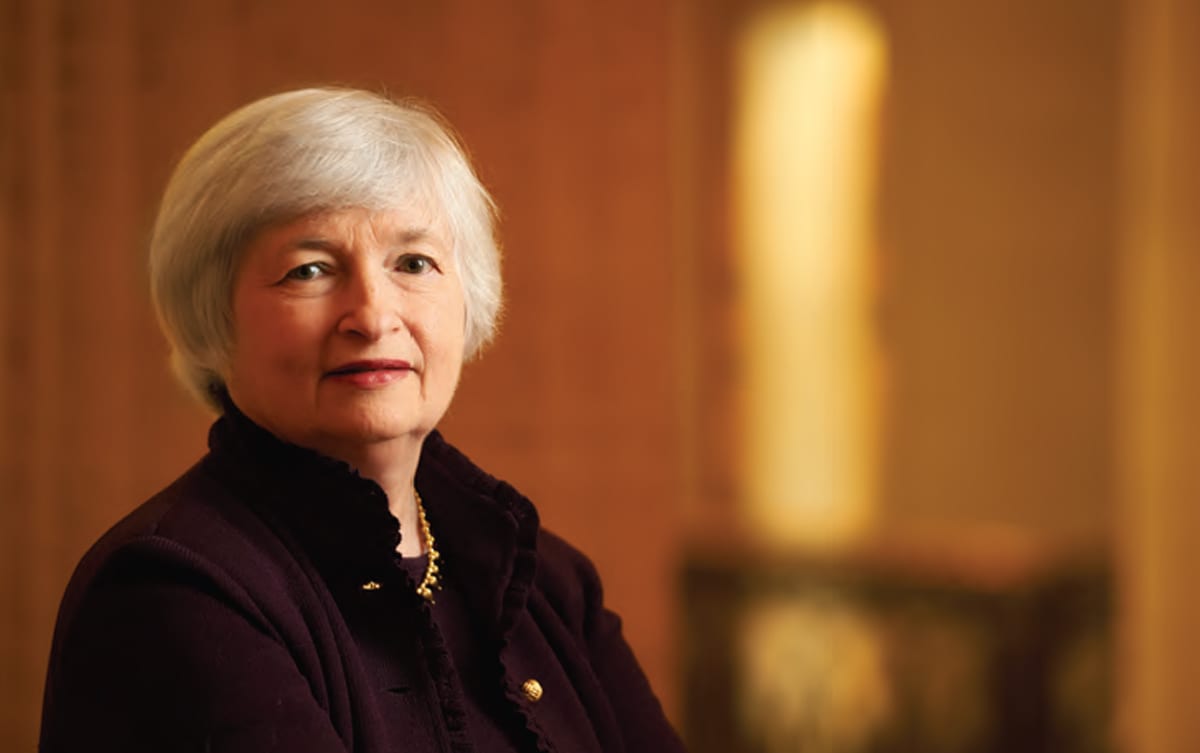First female Fed chair oversaw economic growth, drop in unemployment

Leadership of the Fed has been called the world’s most powerful economic job. The nation’s central bank decides interest rates that are critical in determining how fast the economy can grow, how readily jobs are available, and how quickly prices rise. Many economists believe Haas Prof. Emeritus Janet Yellen, who retired in early February, performed the job more effectively in her four-year tenure than any previous Fed chief.
Under Yellen’s guiding hand, unemployment fell steadily, from 6.7 percent at the beginning of her term to 4.1 percent when she left. Inflation stayed low even as the economy built up a head of steam. Financial markets also went on a tear, sending stock prices to new levels.
It fell to Yellen to wean the economy from an extraordinary stimulus program initiated a decade ago by her predecessor, Ben Bernanke, during the country’s recession. Move too fast and the recovery could sputter. Go too slow and a dangerous bout of inflation could take hold.
Yellen chose to keep rates rock bottom far longer than conventional wisdom considered safe, presiding over just small increases in the Fed’s benchmark interest rate. Her genius was to recognize that the rules of the past no longer applied. The evolution of the global economy meant that much lower interest rates could be tolerated without triggering inflation.
Yellen will now serve as a distinguished fellow at the Brookings Institution’s Hutchins Center on Fiscal and Monetary Policy. The new Fed chair, Jerome Powell, is expected to closely follow the course Yellen set.